George Washington Carver National Monument
The young child known as the "Plant Doctor" tended his secret garden while observing the day-to-day operations of a 19th century farm. Nature and nurture ultimately influenced George on his quest for education to becoming a renowned agricultural scientist, educator, and humanitarian.
From Interstate 44, drive south on either: Interstate 49: Exit at Diamond (exit 35), then drive five miles east on highway V, and drive ¾ mile south on Carver Road to the park entrance. Highway 59: In Diamond, turn west on highway V and drive for 2 miles, and drive ¾ mile south on Carver Road to the park entrance.
- Arts and Culture
- Food
- Picnicking
- Guided Tours
- Self-Guided Tours - Walking
- Hands-On
- Junior Ranger Program
- Birdwatching
- Park Film
- Museum Exhibits
- Shopping
- Bookstore and Park Store
- Gift Shop and Souvenirs
- African American Heritage
- Burial, Cemetery and Gravesite
- Enslavement
- Reconstruction
- Civil Rights
- Civil War
- Trails
Statue of young George Washington Carver on the Carver trail
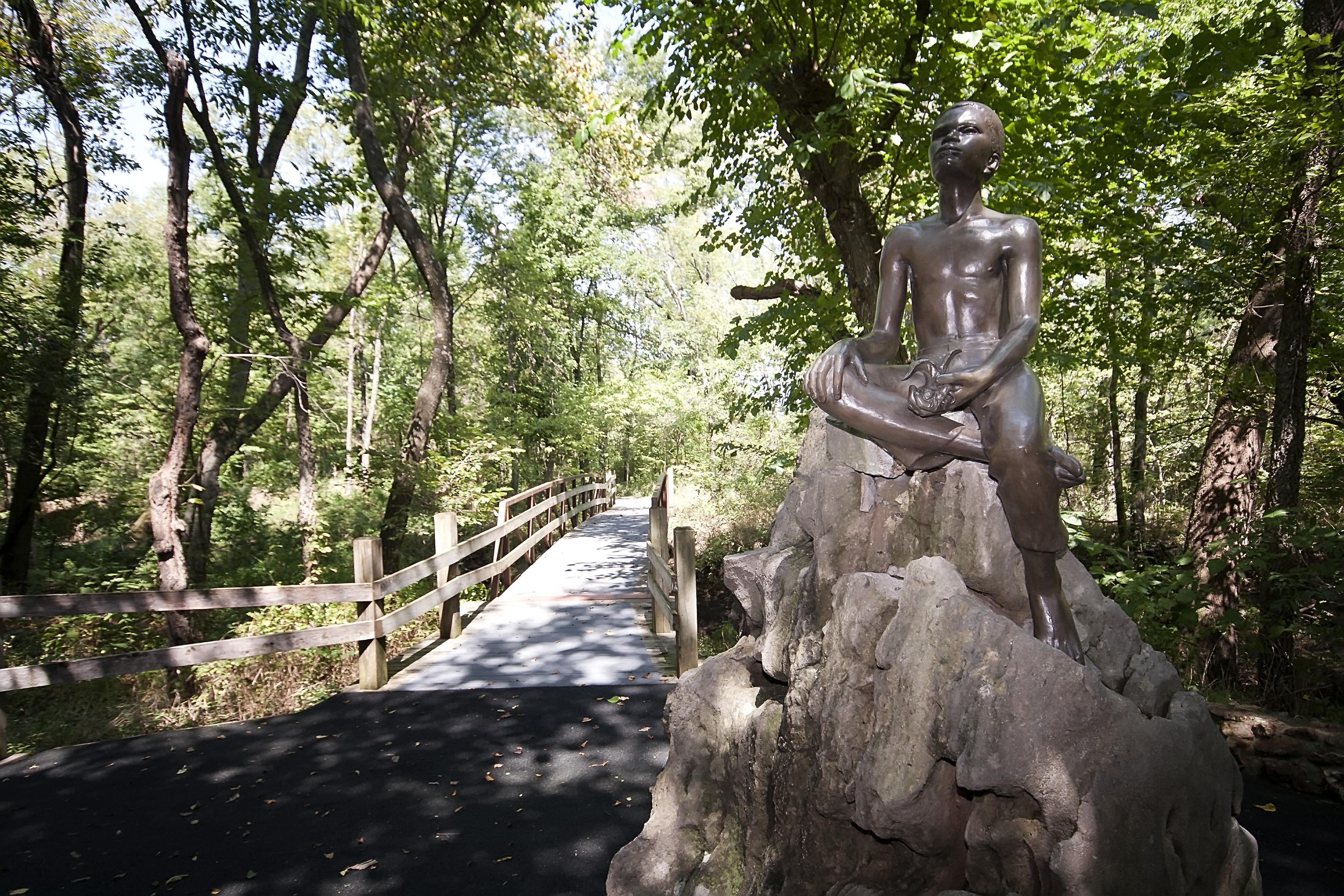
"Boy Carver Statue," sculpted by Robert Amendola in 1960.
George Washington Carver NM Entrance
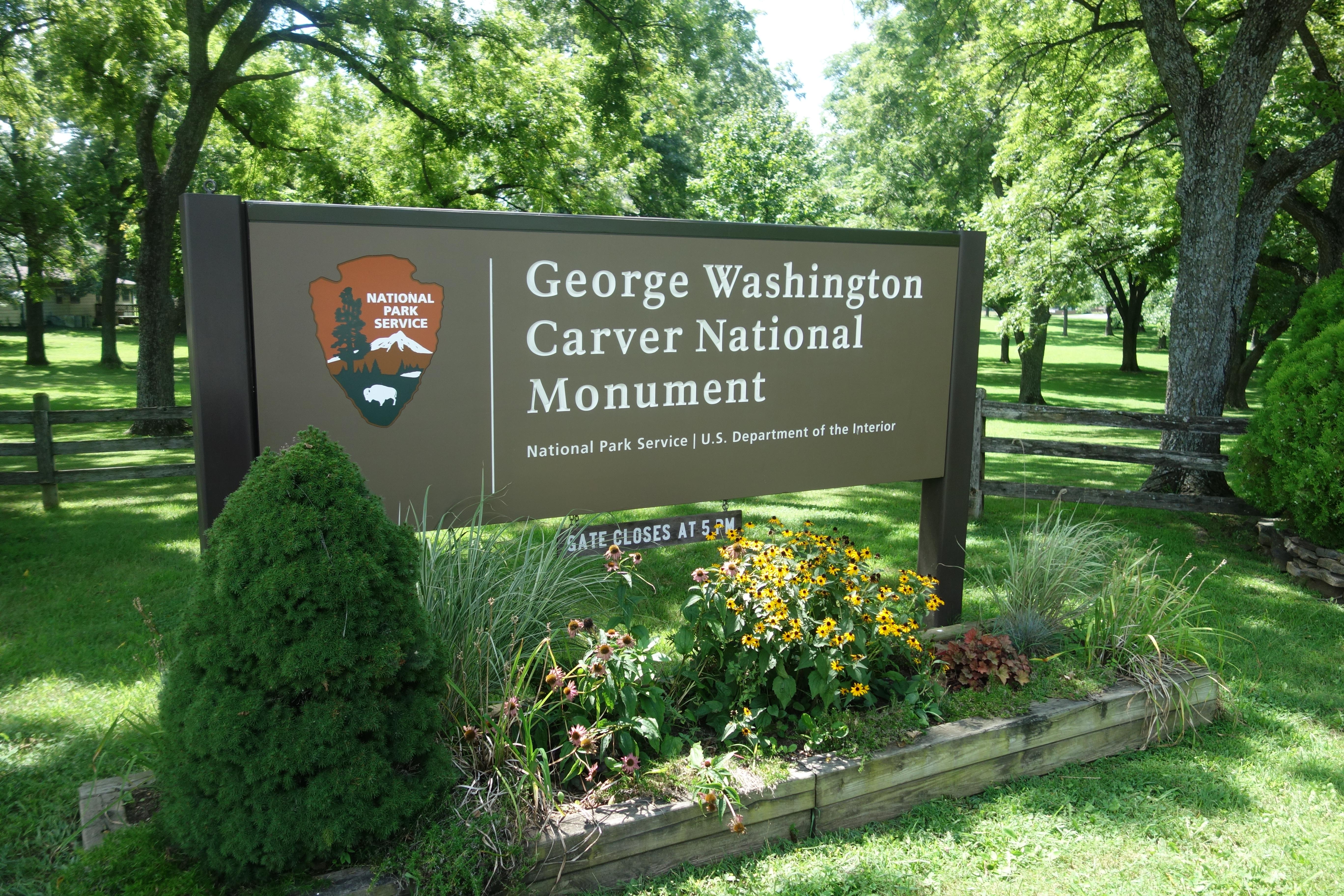
Entrance sign to George Washington Carver NM will wildflower and plants.
George Washington Carver NM Prairie
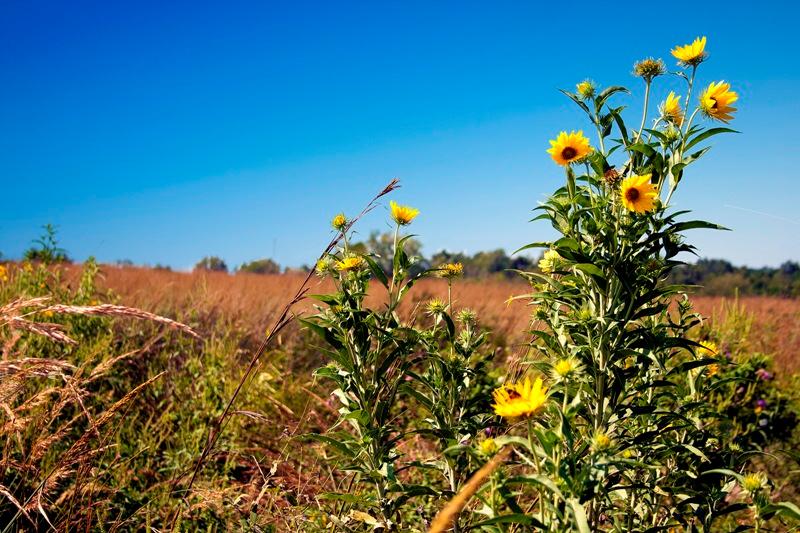
Prairie at George Washington Carver NM with sunflowers.
George Washington Carver NM Science Classroom
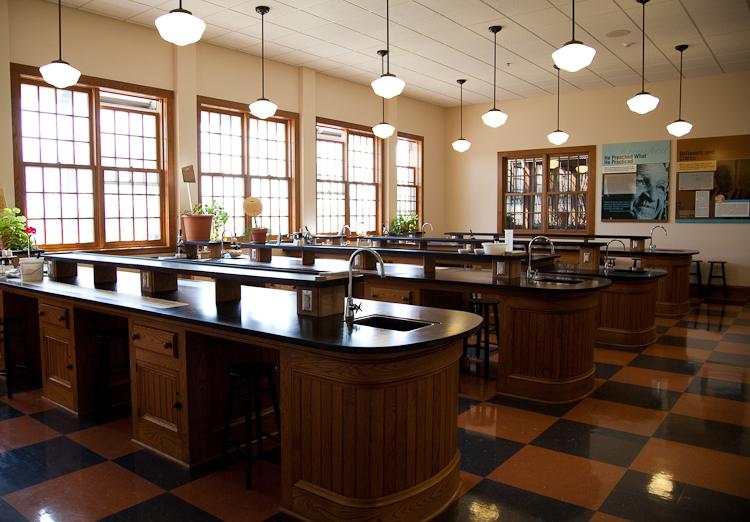
George Washington Carver NM science classroom modeled after one of the George Washington Carver's lab at Tuskegee Institute.
George Washington Carver Bust
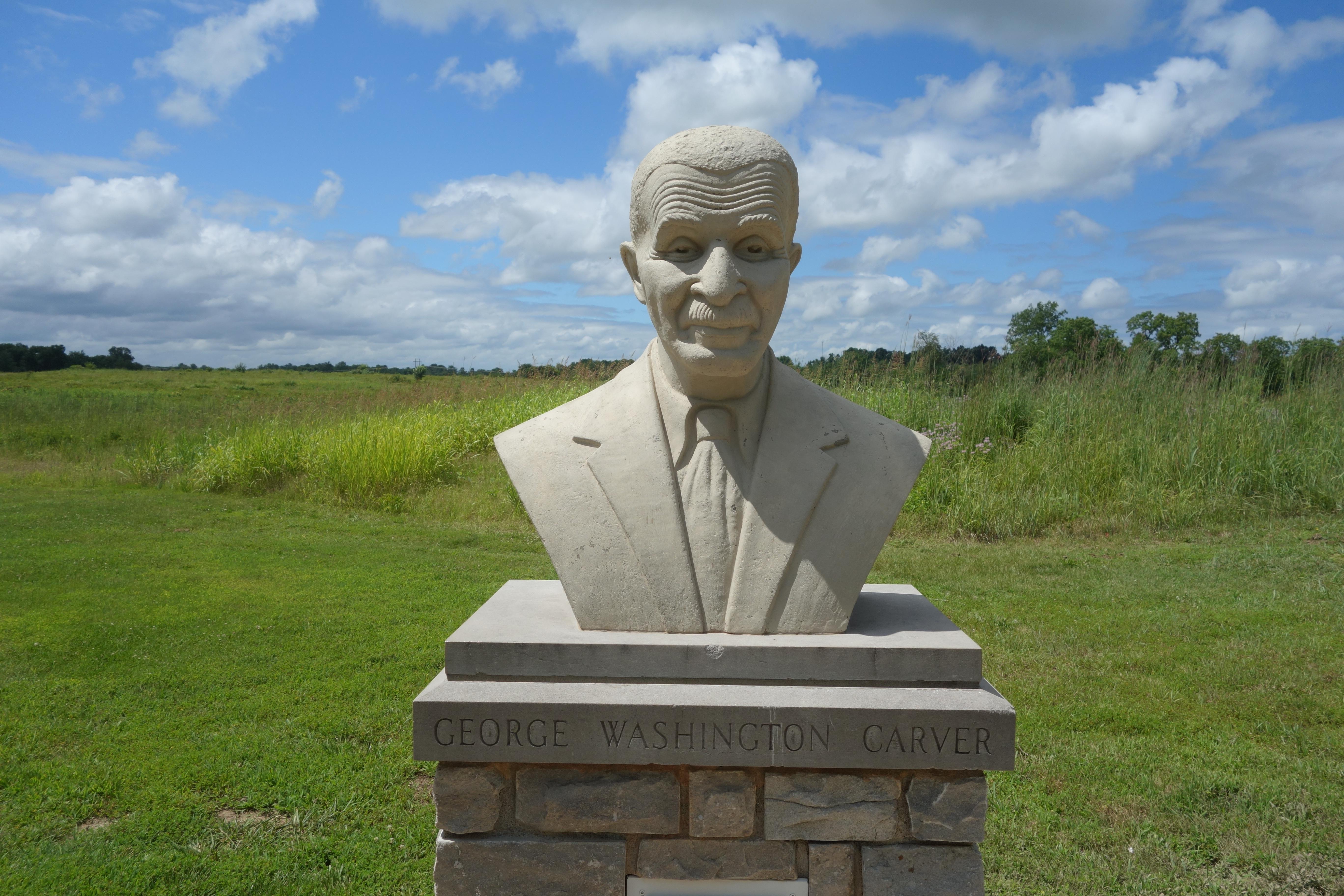
A cast concrete bust for George Washington Carver by Audrey Corwin, 1952.